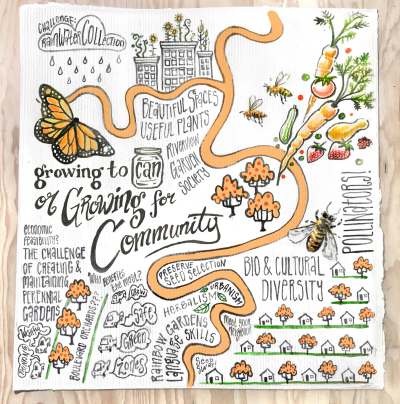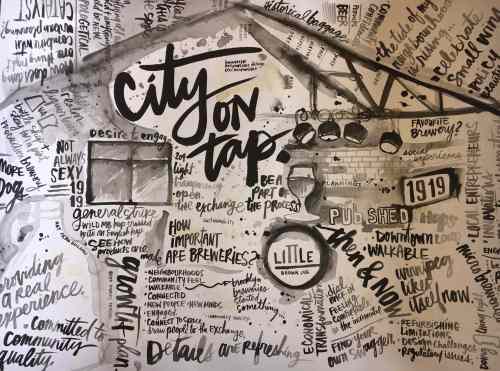Duets
Winnipeg embraces its identity as a winter city -- and the world takes notice
17 minute read Tuesday, Nov. 6, 2018The mercury has dropped below zero and the first dusting of snow covers the ground: welcome to another winter season in Winnipeg. Winter is often seen as an impediment to creating a vibrant city — something to be shovelled away, endured and managed rather than embraced.
However, in Winnipeg, a shift in thinking about winter is taking hold as our creative communities embrace the unique opportunities for place-making that winter provides.
Winnipeg is now at the centre of a growing global “Winter City” movement that is seeing northern cities explore ways to plan and design their urban infrastructure in a manner that is adapted to the needs of a cold climate.
This includes streets and public spaces designed to be comfortable and accessible in cold weather, and creating memorable winter experiences and events that bring people together, outside.
Advertisement
Cultivating community, one garden at a time
17 minute read Preview Friday, Jul. 27, 2018Setting the stage
19 minute read Preview Saturday, May. 26, 2018Maps affirm people, space and place through visual representation
21 minute read Preview Sunday, Dec. 17, 2017Piano at Portage Place addresses underserviced and overlooked civic life
15 minute read Preview Saturday, Nov. 18, 2017Diversity and culture help shape Dakota Collegiate's new field
19 minute read Preview Friday, Oct. 20, 2017The Vinyl Salon DJ collective creates space for collaboration and reinvention
20 minute read Preview Saturday, Sep. 16, 2017Cycle advocacy transforms Winnipeg streets
20 minute read Preview Saturday, Jul. 15, 2017Red Ember food truck creates conversation around public space activity
21 minute read Preview Saturday, Jun. 17, 2017Urban breweries serving up investment and pride
17 minute read Preview Saturday, May. 20, 2017Dining and design create appetite for community collaboration
16 minute read Preview Saturday, Apr. 15, 2017Broadway's design and cuisine scene create reasons to gather
12 minute read Preview Saturday, Mar. 18, 2017Urban and fashion visions share common thread
10 minute read Preview Monday, Feb. 13, 2017LOAD MORE














